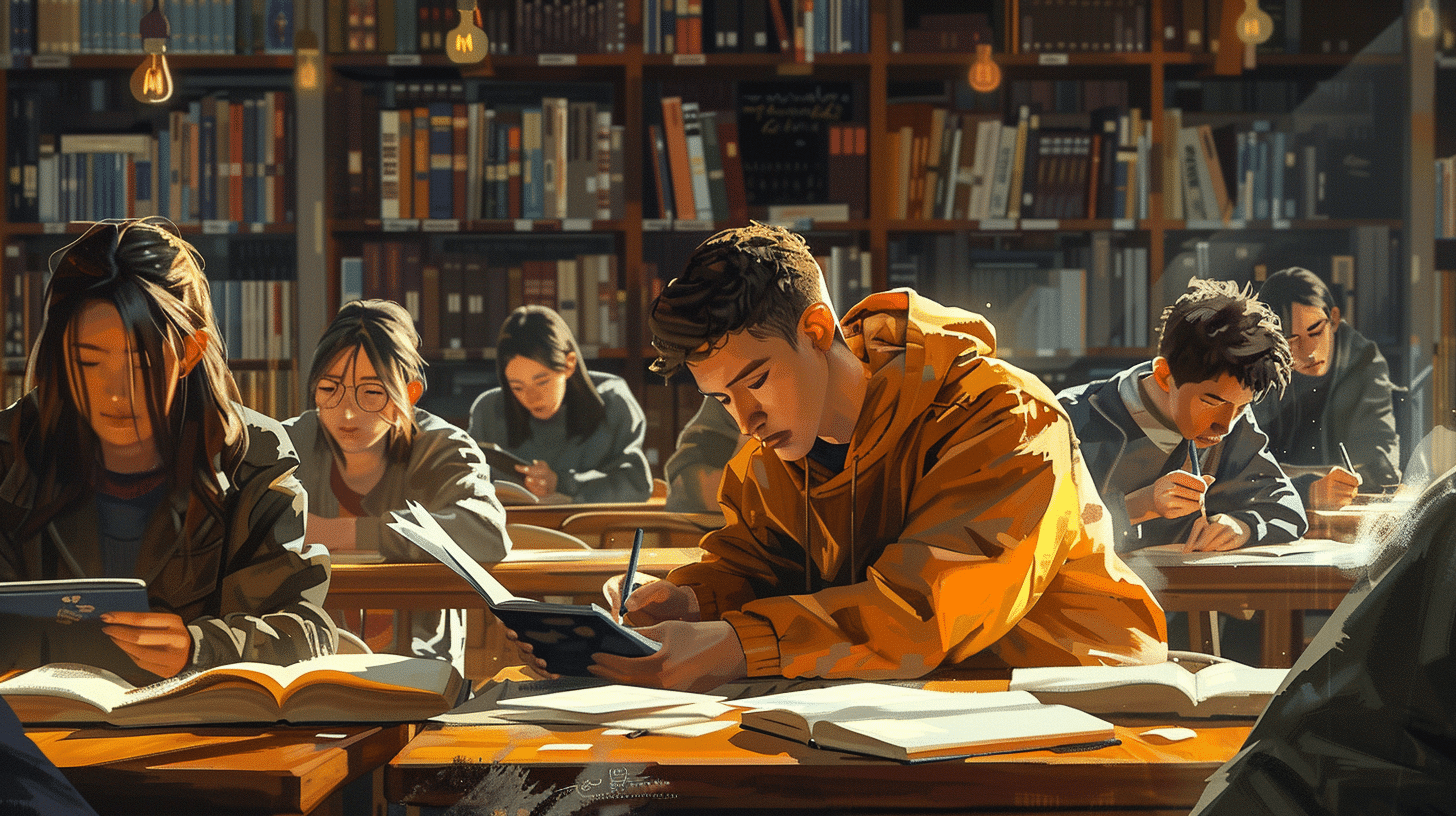Colombia takes Christmas celebrations to a whole new level, with its cities transforming into dazzling spectacles of lights and color. The funny part? This lighting extravaganza starts as early as December 7th, known as “Día de las Velitas” or Day of the Little Candles. On this day, Colombians place candles and paper lanterns in their windows, balconies, and front yards. The tradition, which is meant to honor the Virgin Mary and the Immaculate Conception, marks the beginning of the Christmas season. But what truly stands out is the extent of decoration and the electricity bill that follows!
Medellín, a city renowned for its impressive Christmas light display, attracts tourists from all over the world. The city’s utility company, EPM, sets up over 27 million LED lights, creating a spectacle that is both beautiful and humorously excessive.
Tejo: The Explosive National Sport
Imagine a sport where throwing metal pucks at a target that explodes upon impact is the norm. Welcome to Tejo, Colombia’s national sport, which combines gunpowder, beer, and good aim. This traditional game, which dates back to pre-Hispanic times, involves throwing a metal disc (tejo) across an alley at a clay-covered board embedded with small packets of gunpowder (mechas). The goal is to hit the mechas, which explode loudly and score points.
What makes Tejo particularly amusing is its usual accompaniment by copious amounts of beer, making it a social and highly entertaining affair. Tejo is so embedded in the culture that there are professional leagues and tournaments dedicated to the sport. It’s not uncommon to see locals enjoying a game at family gatherings or local festivals, amidst laughter and cheers.
Colombia’s Timeless Love for Soap Operas
Colombians’ love for drama extends beyond their vibrant festivals and into their living rooms with their adoration for telenovelas (soap operas). These television programs are not just a form of entertainment but are a cultural staple that influences fashion, social discussions, and even the Spanish language itself.
It’s humorous to see how these soap operas can grip entire communities. Businesses may close early, and streets become eerily quiet when popular telenovelas are airing. Some of the most famous telenovelas, like “Yo soy Betty, la fea” (Ugly Betty), have been so successful that they’ve been adapted into multiple languages and watched by millions worldwide.
The Never-ending Story of “Mañana”
The concept of time in Colombia is flexible, which can be both charming and comically frustrating for visitors. The term “mañana” (tomorrow) can mean anything from a few hours to a few days. This relaxed approach is a stark contrast to the punctuality often expected in other cultures.
The humorous part comes when you realize that scheduling anything can become a game of patience and persistence. This cultural attitude towards time is often joked about among Colombians and is seen as a way to live a less stressful life.
Arepa: The Dish That’s Everywhere
Arepa, a type of flatbread made of ground maize dough, is a culinary staple in Colombia that has a funny way of showing up in almost every meal. Breakfast, lunch, or dinner, arepas are there. Colombians have an undying love for this versatile dish, which can be served plain or stuffed with a variety of fillings like cheese, meats, or avocado.
What’s amusing is the debate it sparks between Colombians and Venezuelans, as both claim this beloved dish as their own. This friendly rivalry extends to humorous social media battles and jokes shared across both nations.
Conclusion
Colombia, a country rich in culture, tradition, and humor, offers a unique perspective on life that is both fascinating and amusing. From explosive sports to a peculiar obsession with Christmas lights, the cultural quirks of Colombia provide endless entertainment and laughter. As you explore these funny cultural facts, it’s clear that Colombians embrace life with joy and humor, making their country a delightful place to visit and explore.






